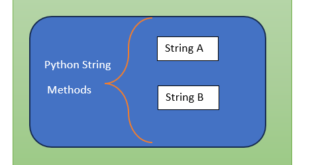What is a Sever Seed?
A server seed is a randomly generated number or string that is used by servers to produce unpredictable outcomes, such as cryptographic hashes or random numbers. Its primary use is in online gambling to ensure the fairness and impartiality of game results.
To generate a random number or sequence of numbers that determine the outcome of a game, a server seed is combined with a client seed. The client seed is typically created by the user’s device or browser, while the server seed is generated by the gambling site’s server. The server seed is usually encrypted and not disclosed until after the game is finished to prevent any tampering by the user or the gambling site.
The combination of client and server seed is used to create a random number or sequence of numbers that decide the outcome of the game. Server seeds are also useful in other applications that require cryptographic security or randomization, such as encryption or secure file transfer. The usage of a server seed can guarantee unpredictable and unalterable outcomes that are resistant to tampering or manipulation.
Creating Server Seeds Using Python:
If you want to create a server hash in Python, there are different hashing algorithms available, such as SHA-256 or SHA-512.
Below is An example of how to generate a SHA-256 hash in Python:
import hashlib
# Server Seed string
server_seed = "IT2EDU"
# Server seed encode in UTF-8
encoded_seed = server_seed.encode('utf-8')
# SHA-256 hash object
hash_object = hashlib.sha256()
#print hash object
print("hash_object: ",hash_object)
# Seed encoded with hash object
hash_object.update(encoded_seed)
# hexadecimal representation
hash_hex = hash_object.hexdigest()
# hash value
print("hexavalue of hash: ",hash_hex)Output:
hexa value of hash: ce9a5339378b85bbb1bde9a9c40777387e4ce019d4731fe75f25d69873ce5f2c

In the above code example, you need to define the server seed as a string and encode it as UTF-8 bytes. Next, you can create a SHA-256 hash object and update it with the encoded seed. Finally, you can get the hexadecimal representation of the hash value using the hexdigest() method and print it out.
It is important to note that you can modify this example by choosing a different hashing algorithm or changing the server seed as needed. This approach can help ensure the security and integrity of data in various applications, such as online gambling or secure file transfer
Hash functions are one-way mathematical algorithms that transform input data into fixed-length output strings, which are often used for data integrity and security purposes. Without knowing the original input data, it is practically impossible to determine the server seed that generated a particular hash value.
It is important to note that server seeds are typically used in the context of online gambling, where they are used to ensure the fairness of games by creating an unpredictable and tamper-proof sequence of random numbers. If you have concerns about the fairness of an online gambling site, you should consult with the site’s terms and conditions or seek assistance from a professional organisation that specialise in gambling-related issues.
 IT2EDU Empowering Education Through Technology
IT2EDU Empowering Education Through Technology

